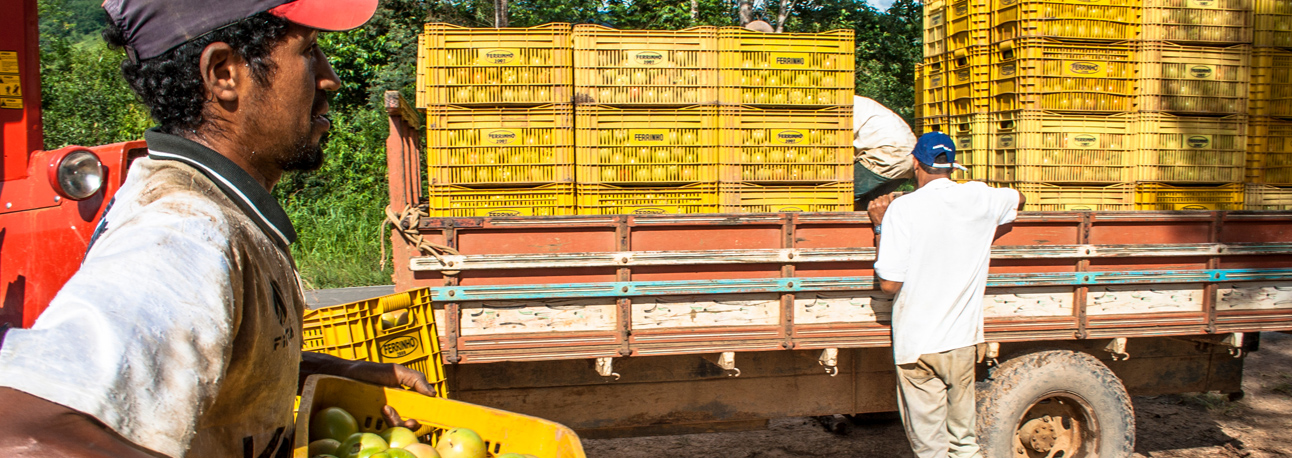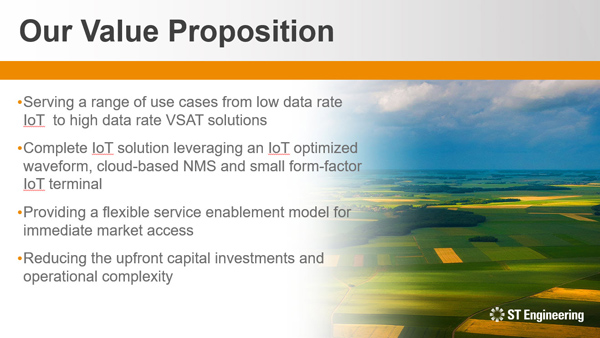By Jean-Michel Rouylou, Head of Broadband and Enterprise, ST Engineering iDirect
The farming sector is no stranger to technological revolution. From crop rotation to the introduction of mechanized equipment and the introduction of chemical fertilizers and biotechnology, farming has been at the center of technological developments. Though the industry has always faced considerable challenges, today modern farmers have urgent problems to solve. By 2050 we’ll need to feed two billion more people, but how can this be achieved in a sustainable way? Agriculture is also a major contributor to climate change but how can this be mitigated?
The bottom line is that, as many other industries have gone through a process of digital transformation, agriculture must follow suit, using innovations in technology, digital solutions and connectivity to achieve its goals.
Digital Transformation
Industries across the board are undergoing fundamental digital transformations. We see this in the transport, oil and gas and utility sectors, for example. Today, IoT is elevating agricultural practices, reducing waste generation and improving profit margins. Precision Farming or Smart Farming, utilizes drones, satellite monitoring and sensor technology to enable farmers to closely monitor their practices and optimize inputs such as water and fertilizers to achieve better crop quality and yield. Digital technology enables them to collect data to observe, measure and analyze the individual requirements of fields and crops.
 Connectivity as the IoT Enabler
Connectivity as the IoT Enabler
The very nature of farms mean that they are often located in rural areas, out of reach of terrestrial connectivity infrastructure. This new level of digitalization in agriculture requires uninterrupted, highly reliable communications to operate effectively and there is no one-size-fits all solution of each use case. Different connectivity capabilities will be required to address the full spectrum of applications from monitoring of farm machinery to provision of Internet access to farm buildings. Use cases will vary in terms of the amount of data required – some will have high data requirements, some low.
It’s important that service providers strike the right balance around power, performance and size for the best outcome. Satellite-based IoT solutions provide a highly reliable, cost effective solution that can reach anywhere. Satellite is also highly scalable, allowing it to serve many remote sites across a wide geographical area.
Another critical requirement of any IoT solution is ease of use. Farmers are extremely busy people and with no IT manager on a farm, they need to be able to install the systems rapidly and get them up and running quickly. Terminals must also be small, with low power consumption, offering access to all frequency bands and the cost of the solution must be affordable. Above, all farmers must see fast Return on Investment.
Development of an IoT Eco-System
The successful implementation of IoT solutions for Precision Farming lies in the creation of a robust eco-system. This involves several steps: harvesting the data from the field, passing it to the cloud and analyzing it using AI and machine learning before making meaningful data available on platforms that farmers can easily access to aid decision-making. Real-time information on weather and environmental factors for example, will provide key data on when to irrigate. Other tools such as intelligent silos, drone and soil sensors and farm robots provide critical insights, enabling better management of crops and livestock.
In summary, a satellite-based agricultural IoT system must serve a range of use cases, from low to high data rate VSAT solutions. Ideally, this should be a complete solution that leverages an optimized waveform, cloud-based NMS and a small form-factor IoT terminal. A flexible service enablement model that offers immediate market access and reduces the upfront capital investments and operational complexity will comprise the ideal solution so that farmers can reap the benefits.
Watch Jean-Michel Rouylou’s participation on C21’s The Precision Farming Connection Webinar here.

 Connectivity as the IoT Enabler
Connectivity as the IoT Enabler